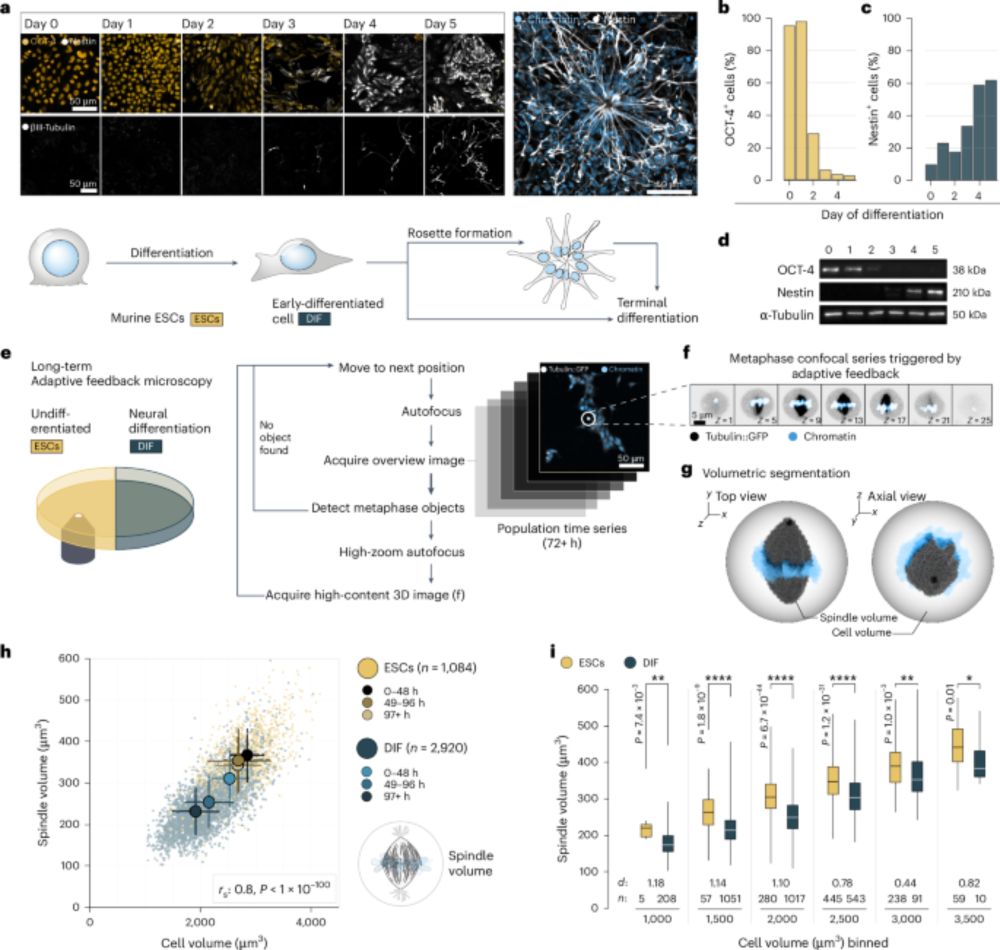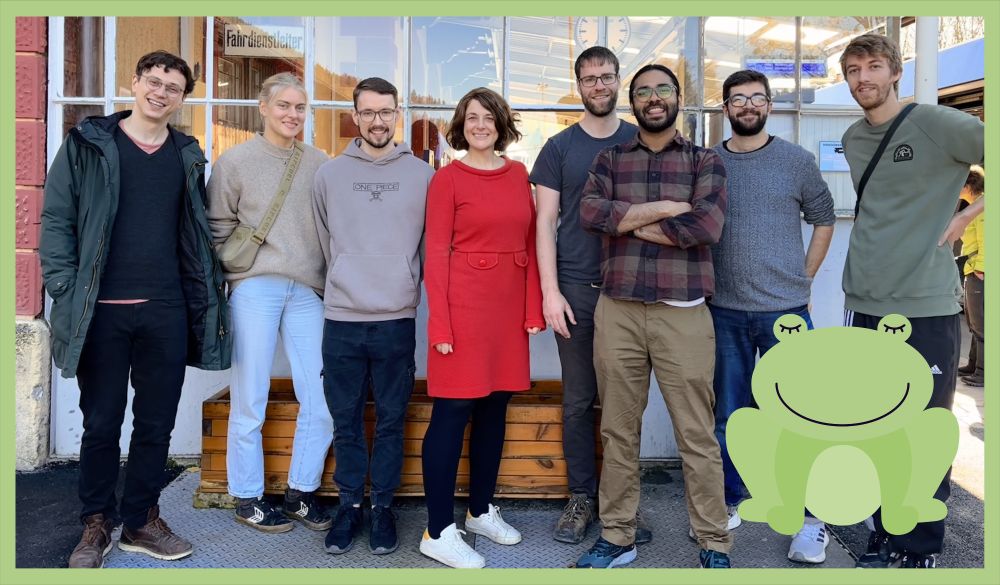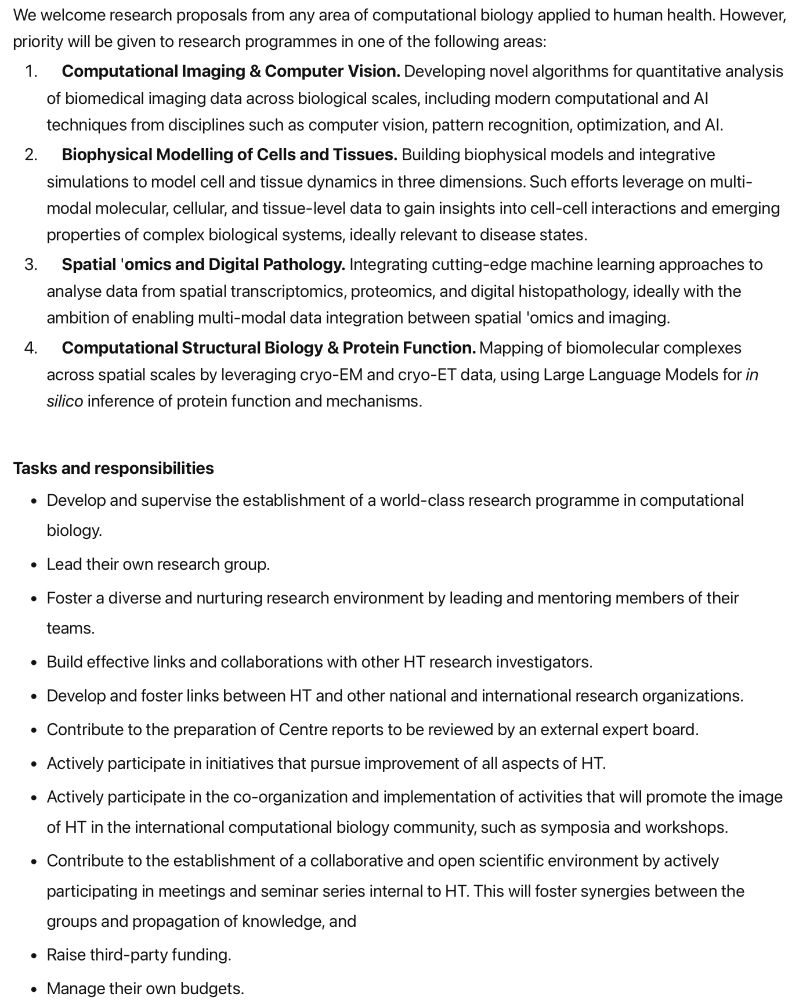https://mpzpm.mpg.de/research/vasily-zaburdaev
mpl.mpg.de/news/article...
@fau.de
📸 Stephan Spangenberg

mpl.mpg.de/news/article...
@fau.de
📸 Stephan Spangenberg

👉 mpzpm.mpg.de/news/news-de...
#Physics #Medicine

👉 mpzpm.mpg.de/news/news-de...
#Physics #Medicine
Based in the group of our collaborator @vasilyzaburdaev.bsky.social Tim decisively contributed to at least 3 of our own lab’s foundational projects, which he showed today at “Max Planck Zentrum Physik und Medizin”
Some impressions




Based in the group of our collaborator @vasilyzaburdaev.bsky.social Tim decisively contributed to at least 3 of our own lab’s foundational projects, which he showed today at “Max Planck Zentrum Physik und Medizin”
Some impressions




Based in the group of our collaborator @vasilyzaburdaev.bsky.social Tim decisively contributed to at least 3 of our own lab’s foundational projects, which he showed today at “Max Planck Zentrum Physik und Medizin”
Some impressions
💚 Thanks to the team @biswashere.bsky.social, Omar Muñoz, ✨Q✨ C. Hoege, B. Lorton, R. Nikolay @matthewkraushar.bsky.social @dshechter.bsky.social @gucklab.bsky.social @vasilyzaburdaev.bsky.social 💚

bit.ly/4mhMvsU

bit.ly/4mhMvsU
👉Cytoplasmic material properties control spindle architecture and scaling 👉 out today @natcellbio.nature.com rdcu.be/eqPr8

👉Cytoplasmic material properties control spindle architecture and scaling 👉 out today @natcellbio.nature.com rdcu.be/eqPr8
Join us @mpiib-berlin.mpg.de!

Great work @mctwo.bsky.social & @biswashere.bsky.social!
Together with @gucklab.bsky.social & @vasilyzaburdaev.bsky.social 😍 @mpi-scienceoflight.bsky.social
@mpiib-berlin.mpg.de
www.biorxiv.org/content/10.1...

Great work @mctwo.bsky.social & @biswashere.bsky.social!
Together with @gucklab.bsky.social & @vasilyzaburdaev.bsky.social 😍 @mpi-scienceoflight.bsky.social
@mpiib-berlin.mpg.de
www.biorxiv.org/content/10.1...
🐸 + 🔬 + 📈 = ✨
w. @gucklab.bsky.social , @simonereber.bsky.social , @vasilyzaburdaev.bsky.social
www.biorxiv.org/content/10.1...
🐸 + 🔬 + 📈 = ✨
w. @gucklab.bsky.social , @simonereber.bsky.social , @vasilyzaburdaev.bsky.social
www.biorxiv.org/content/10.1...

Independent Group Leader Positions in Computational Biology @humantechnopole.bsky.social!
Are you ready to start your own lab? Do you know someone who is? Repost this + share with everyone who might want to know about it. Thanks!!! 🙏
More details below... check it out! 🧵 1/3


Independent Group Leader Positions in Computational Biology @humantechnopole.bsky.social!
Are you ready to start your own lab? Do you know someone who is? Repost this + share with everyone who might want to know about it. Thanks!!! 🙏
More details below... check it out! 🧵 1/3
journals.asm.org/doi/10.1128/...

journals.asm.org/doi/10.1128/...

